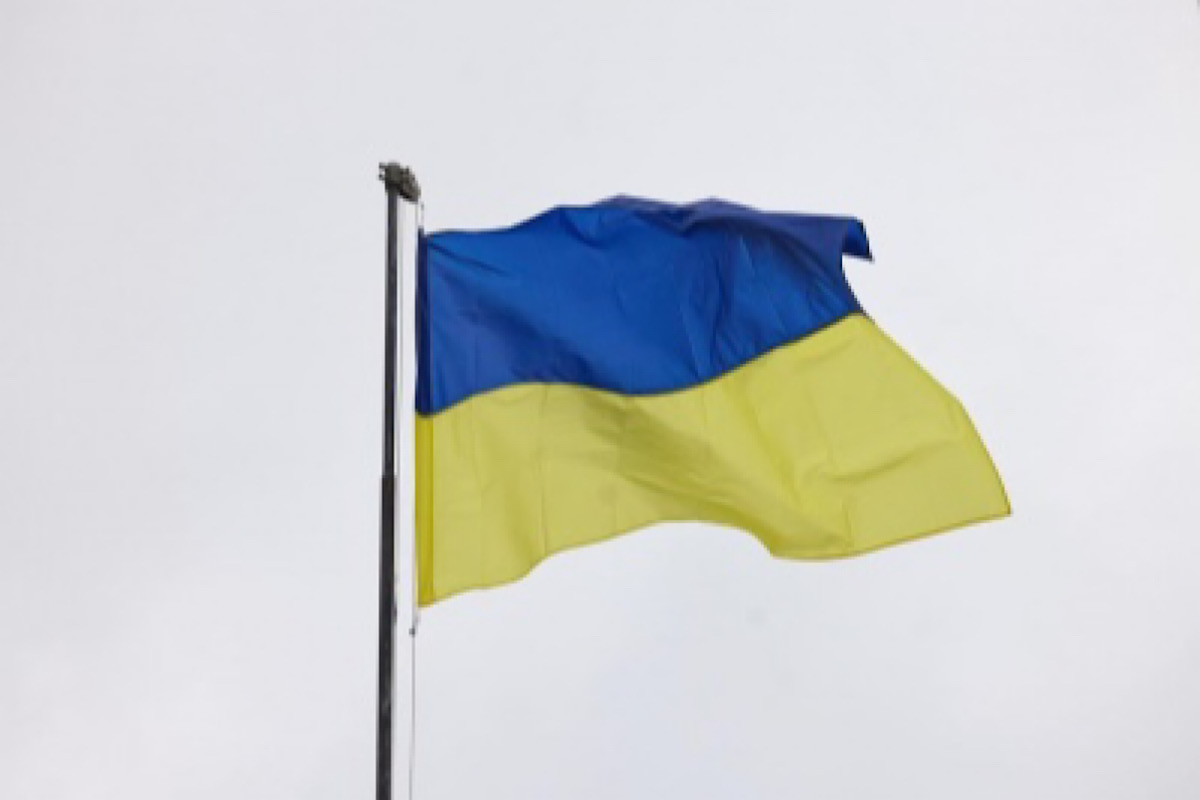In the war-torn land of Ukraine, the grim reality of a protracted and stagnant conflict comes to the forefront. Two years into Russia’s full-scale invasion, the front lines have become entrenched, prompting speculation about the effectiveness of Ukraine’s resistance and the geopolitical implications of a seemingly endless war. In the early stages of the conflict, Ukraine, fuelled by Western support and advanced weaponry, staged impressive counter-offensives, liberating over half of the territory seized by Russia since February 2022. However, the tides have turned, and progress has ground to a halt. The recent reshuffling of Ukraine’s armed forces leadership speaks volumes about President Volodymyr Zelenskky’s frustration with the lack of momentum, hinting at the internal challenges faced by the Ukrainian military.
A critical factor in this quagmire is the shifting dynamics of international aid. Data from a German think-tank reveals that European aid, although outpacing American assistance in near-term delivery, falls short in supplying crucial military equipment. The European Union’s admission that only half of the promised 1 million artillery shells will be delivered raises concerns about the bloc’s commitment to Ukraine’s defence. Meanwhile, Russia’s growing advantage in artillery firepower, coupled with the influx of ammunition from unexpected sources like North Korea, tilts the balance in its favour. The war tracker’s depiction of heavy fighting along the eastern and southern fronts, especially the capture of Avdiivka, underscores the toll on Ukraine’s forces. A major in Ukraine’s armed forces admitted that with more equipment and ammunition, the battle might have had a different outcome. This setback raises questions about Ukraine’s ability to hold its ground against an increasingly formidable adversary. Despite these challenges, Ukraine has found success at sea, inflicting significant damage on Russia in the Black Sea. The destruction of 25 surface ships and one submarine, along with the sinking of another valuable vessel, has established a strategic corridor for essential exports. This maritime success serves as a glimmer of hope, showcasing Ukraine’s resilience and adaptability even in the face of adversity. Economically, Ukraine’s ability to maintain its grain and other exports via this strategic corridor is commendable. Exports of grain, oilseeds, and vegetable oils in January exceeded levels from previous years, illustrating a degree of economic buoyancy amid the chaos of war. However, the underlying question remains. How long can Ukraine sustain this economic momentum without substantial territorial gains on land?
Advertisement
The Ukraine-Russia war has morphed into a complex and protracted conflict with no immediate resolution in sight. While Ukraine’s naval successes and economic resilience are commendable, the stalemate on the ground demands a re-evaluation of international support. The wavering commitment of key allies and the relentless advancement of Russia underscore the urgency for a cohesive and robust strategy to ensure Ukraine’s territorial integrity and long-term stability. As the war inches into its third year, the world watches a conflict that defies easy resolution.









